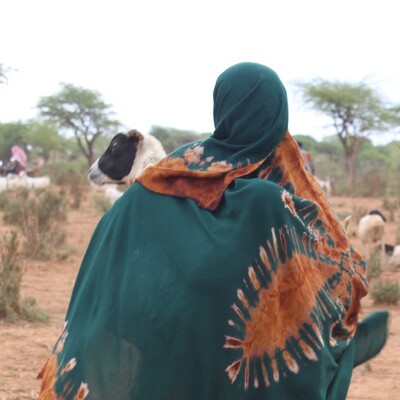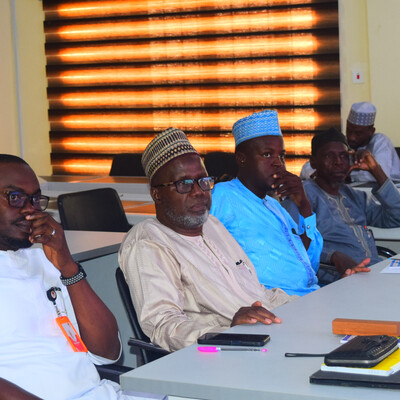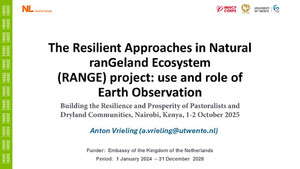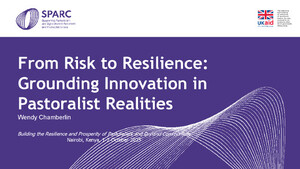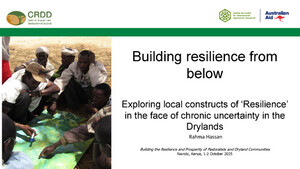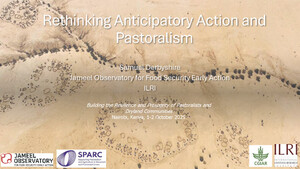
Global villain, local savior? What's the role of livestock in sub-Saharan Africa?
The livestock question is both complex and highly polarized, said Tara Garnett, the director of TABLE—a collaboration between six universities that looks at debates in and around the future of food. She was introducing a panel discussion on 28 March 2024 titled ‘Global villain, local savior? What's the role of livestock in sub-Saharan Africa?’
People come at the livestock issue from very different disciplinary, sectoral and geographical perspectives, Garnett went on. There is broad agreement that global trends of livestock production are problematic and unsustainable, but at a local level livestock can be crucial in supporting livelihoods, nutrition, ecosystem services, and be part of climate adaptation strategies.
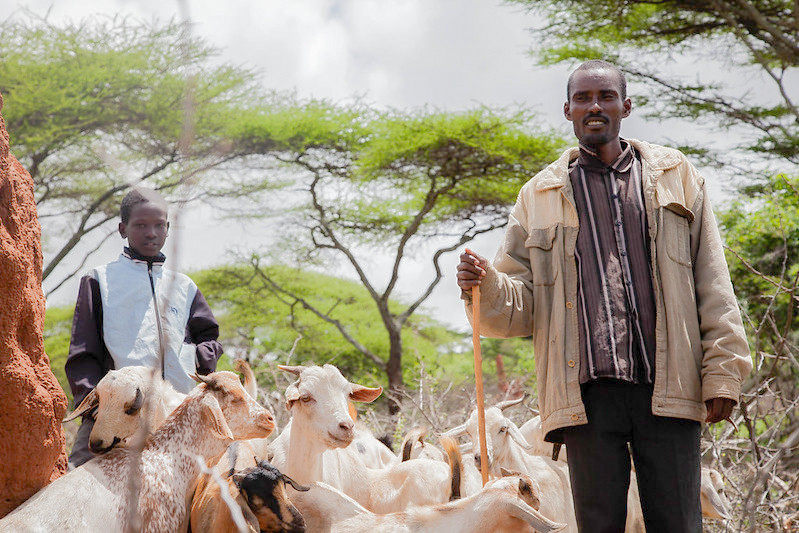
As such, this event brought in four panellists with longstanding experience of livestock issues in sub-Saharan Africa (SSA). These included Mario Herrero, professor of sustainable food systems and global change at Cornell University, Laura Cramer, a policy engagement specialist within the Sustainable Livestock Systems program at the International Livestock Research Institute (ILRI), Guyo Roba, head of the Jameel Observatory in the Policies, Institutions and Livelihoods program at ILRI, and An Notenbaert, team leader of the Africa Tropical Forages program at the Alliance of Bioversity International and CIAT.
Global versus local
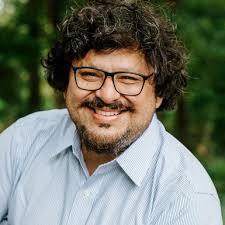
Herrero began by outlining the global picture of the livestock sector. Livestock is the largest land use system on Earth, and as such needs strategies to reduce its environmental impact. However, this generalization does not acknowledge the regional differences in livestock farming, especially between high-income countries and low- or middle-income countries (LMICs). He outlined changing trends in consumption of animal-source food, saying beef production was stagnating, while poultry and pork were rising, especially in LMICs. The future of livestock should involve more productive animals with lower environmental footprint, and more moderate consumption patterns by people.

Cramer said arguments for reduction in livestock numbers are more valid in high-consuming countries, but less persuasive in African countries. Livestock in SSA hold great cultural value and are crucial for food security and livelihoods. Pastoralism is the best agricultural use of land which is mainly arid or semi-arid. However negative messaging about livestock has restricted research funding which could improve management and sustainability. Cramer, with others at ILRI and national agricultural research systems, is working with the African Group of Negotiators Expert Support (AGNES) to develop a more nuanced, regional livestock narrative. She added that African livestock keepers are also facing climate-induced production losses, and need supportive, evidence-based policies to assist in climate adaptation and mitigation.
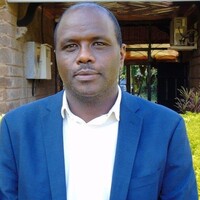
Roba reiterated that data on extensive livestock systems is lacking, and complex pastoral systems can’t be fitted into northern livestock narratives. Voices of pastoralists need to be included in the political debate, along with policy supported by better data and research.
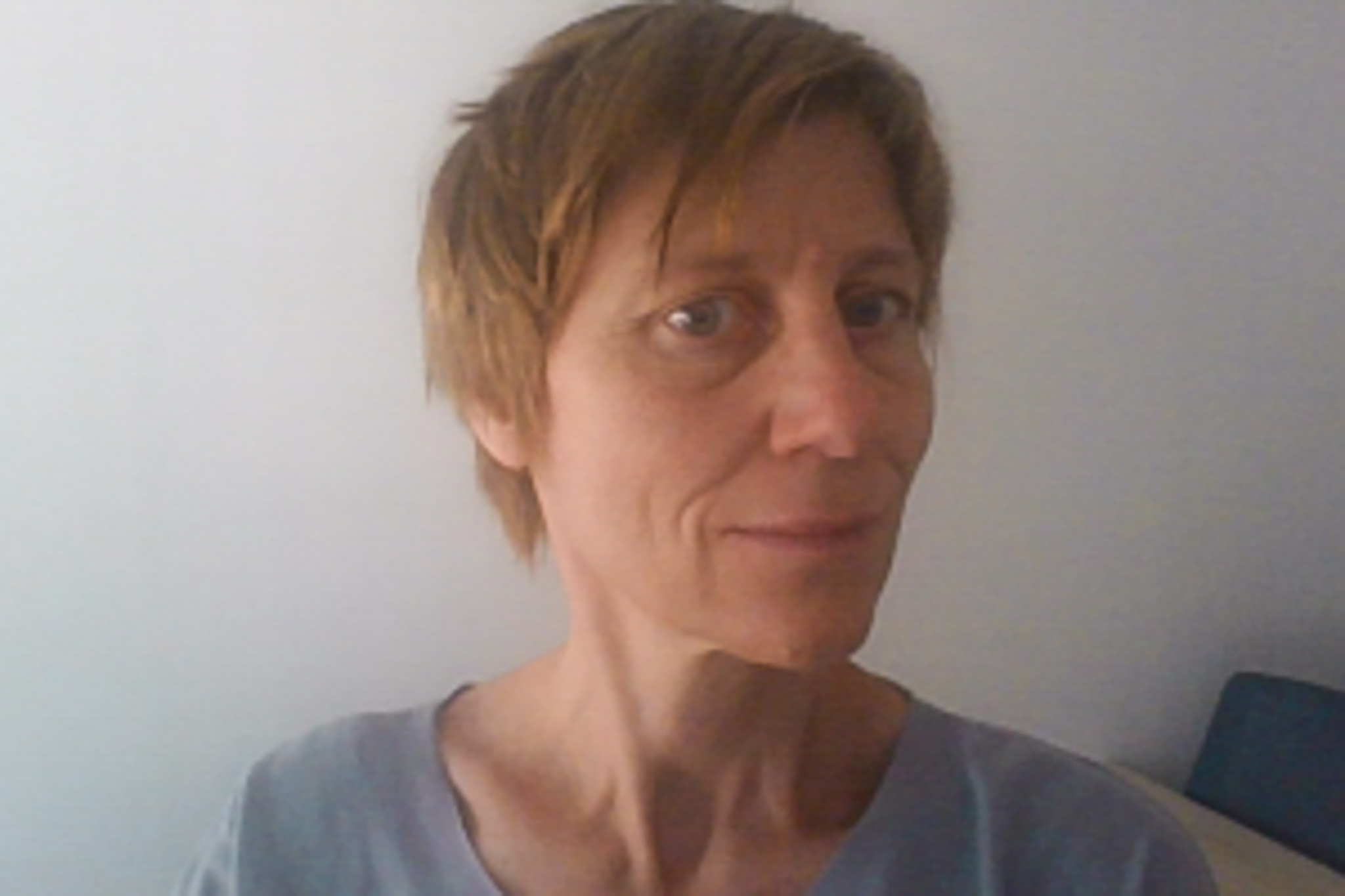
Notenbaert specialises in designing tools to calculate environmental footprints at various scales. She agreed that complex solutions are needed to match complex problems. Some regions will need to reduce livestock consumption and waste, while others should focus on improving production efficiency.
Can the global North align with the global South?
Garnett asked participants what they thought the responsibilities of the global North were, to themselves and to SSA countries in terms of adaptation and mitigation goals.
The South has opportunities to build on lessons and mistakes made in livestock production in the global North, said Notenbaert, but needs more funding support to do so.
Roba agreed, saying in his professional career he had observed a reluctance to fund investment in cattle, in favour of smaller ruminants. He drew on his own pastoralist background to explain that the farmers who are the most resilient to climate change own a portfolio of different livestock species, from sheep to goat, and cows to camels. Without fair investment across these species, then that resilience is compromised. He further added that the paths for sustainable livestock farming should include all levels of livestock farmers.
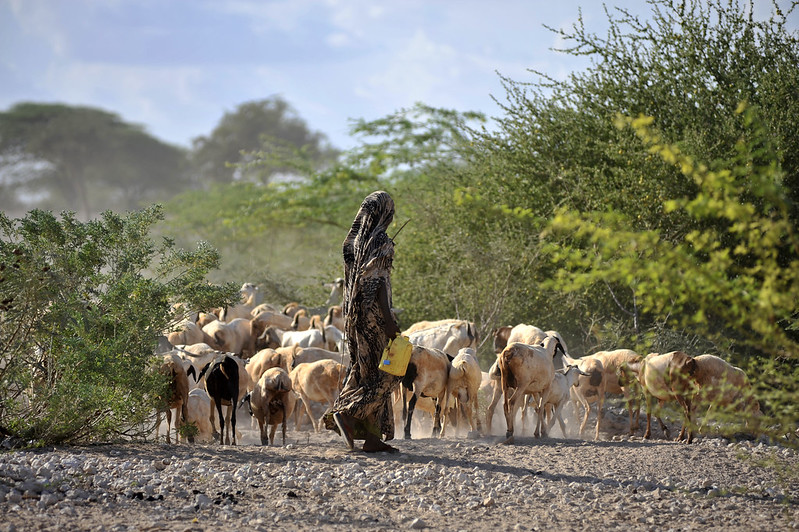
Herrero added that while livestock investment needs to be increased, investment aims had changed. Today investment may be directed at both sustainable industrial and agro-ecological production systems, as different systems can suit different contexts and consumer needs.
Cramer said that people in the global North should educate themselves about livestock production in the global South, in terms of the landscape, lifestyle, and healthy diet requirements.
Pastoralism - a culture or practice?
Garnett questioned how culture is tied to livestock farming, and how it affects the process of changing farming practices.
Roba emphasised that pastoralism is not a culture, but a production system that evolved in a heterogeneous landscape, requiring livestock to be moved across distances and thus fostering different communities. He criticised the misunderstanding that pastoralists keep livestock in ‘idleness’ for cultural significance or status, and that they simply need to be oriented towards markets. He also added that numbers and types of livestock kept by pastoralists today are also influenced by their attempts to withstand climatic shocks and changes.
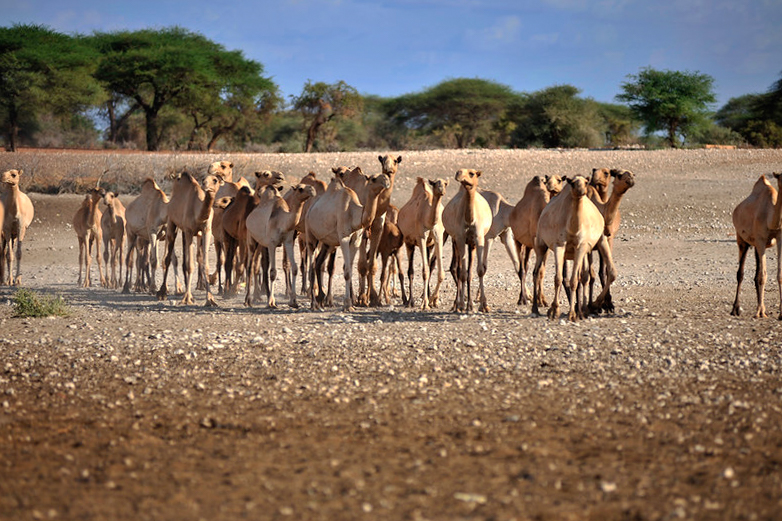
Cramer added that people should be aware of other services provided by livestock when planning mitigation strategies. Echoing Roba’s point, she said that people focused only on emissions might blame pastoralists for keeping herds of low-productivity animals. But from the pastoralist perspective, these animals are hardy in harsh environments and provide resilience.
Final thoughts
Notenbaert said that there are a lot of smart young people in the global South who are ready to learn from the global North and to forge pathways towards sustainable farming.
Herrero agreed that as more farmers send their kids to school, the next generation may well have different views of what they want to do.
Cramer reiterated the global North needs to be more specific in its messaging, while the global South should lay down long-term planning of where consumption and farming could be going.
Roba said that when it came to using data metrics, researchers and policymakers need to be more sophisticated in developing full-cost analyses for livestock in different contexts.
“We need to invest in obtaining reliable data over the years to give a good basis for engagement and conversation,” he concluded.
Read more
Event recording and summary by TABLE
Event summary by Jameel Observatory






